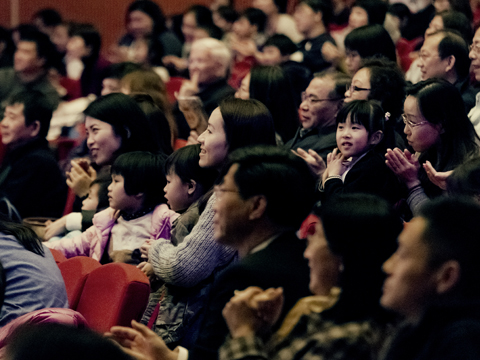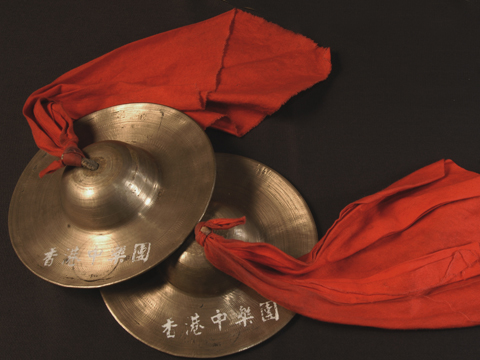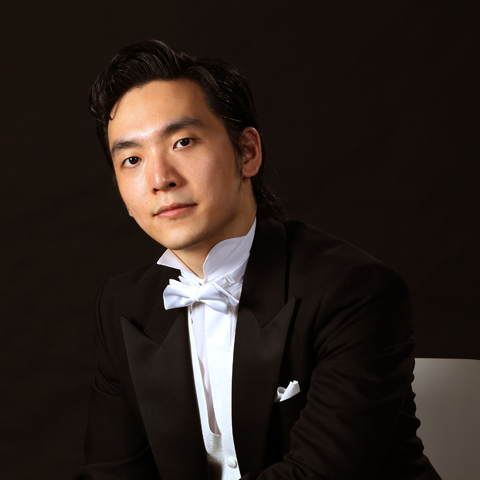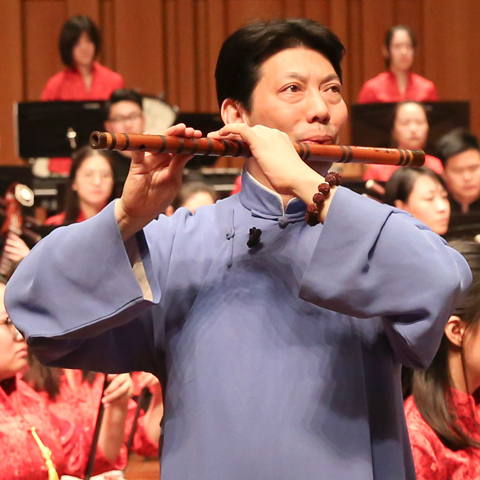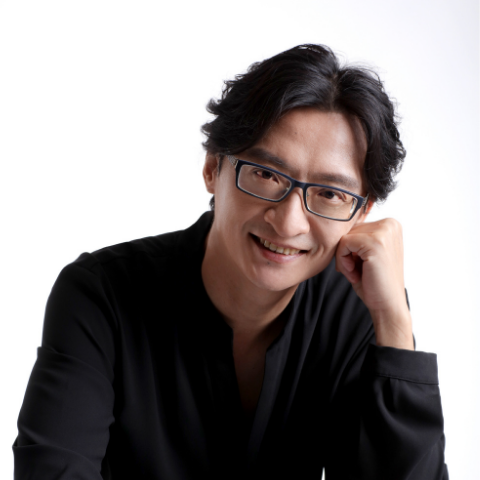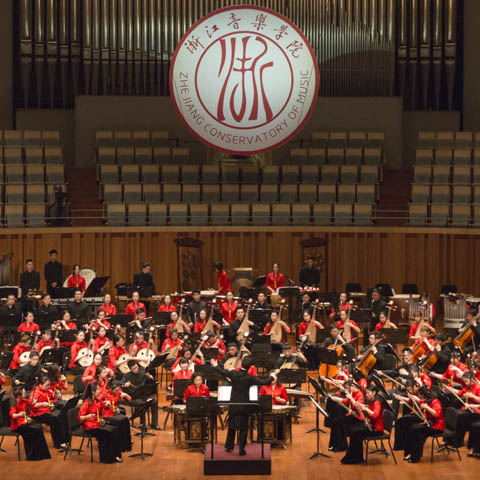
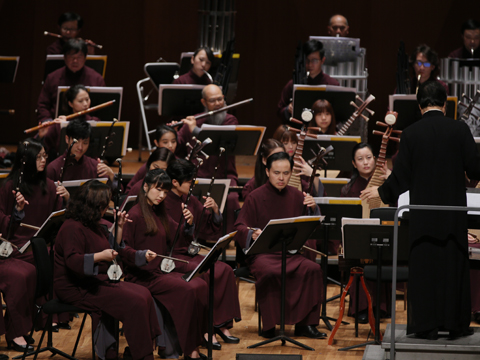
HKCO
Hong Kong Chinese Orchestra Environmental, Social and Governance Artistic Director and Principal Conductor for Life Orchestra Members Council Advisors & Artistic Advisors Council Members Management Team Vacancy Contact Us (Tel: 3185 1600)

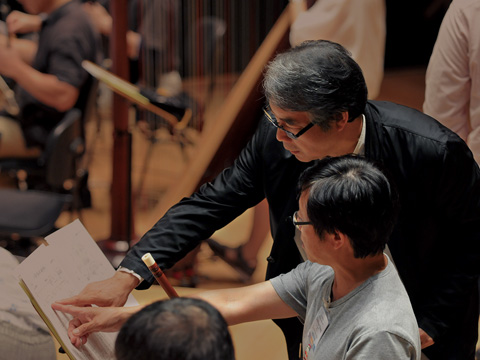
What's On

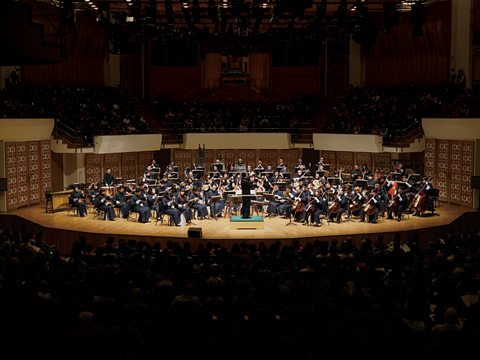
Concerts


Education
The HKCO Orchestral Academy Hong Kong Youth Zheng Ensemble Hong Kong Young Chinese Orchestra Music Courses Chinese Music Conducting 賽馬會中國音樂教育及推廣計劃 Chinese Music Talent Training Scheme HKJC Chinese Music 360 The International Drum Graded Exam

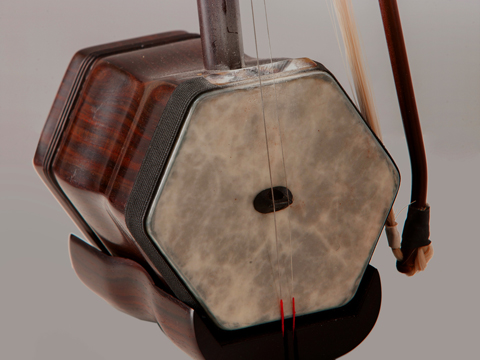
Instrument R&D
Eco-Huqins Chinese Instruments Standard Orchestra Instrument Range Chart and Page Format of the Full Score Configuration of the Orchestra
40th Orchestral Season
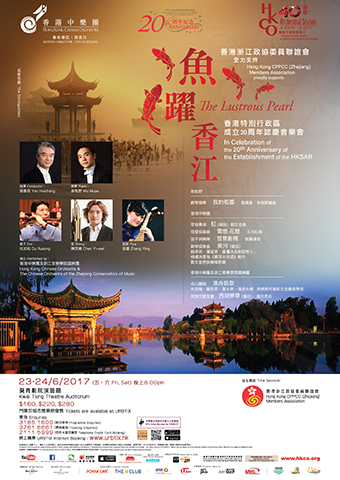
The Lustrous Pearl
In Celebration of the 20th Anniversary of the Establishment of the HKSAR
24/6/2017 (Sat)
Dizi: Du Rusong
Sheng: Chen Yi-wei
Pipa: Zhang Ying
Hong Kong Chinese Orchestra and the Chinese Orchestra of the Zhejiang Conservatory of Music
Connecting Hong Kong with the scenic, culture-rich region south of the Yangtze
Zhejiang Province is known as the ‘land of culture’ in China, and enjoys a wealth of natural resources from its talented people, fertile land and the yield from the numerous streams and canals. On the occasion of the 20th anniversary of the Hong Kong SAR, the Hong Kong Chinese Orchestra has invited the Chinese Orchestra of the Zhejiang Conservatory of Music for a joint concert. The programme includes solo performances by Zhang Ying, Pipa Principal, and Chen Yi-wei, Principal Sheng, of the HKCO, and dizi performance by Du Rusong, Company Director of the ZJCMCO and a dizi virtuoso himself. The two orchestras will perform music on the Jiangnan theme, such as The Fishermen’s Triumphant Song, Seeking Dreams on West Lake and The Broken Bridge in the Snow. From the regional musical influence of Zhoushan luogu to the famously scenic West Lake, these pieces recreate the vernacular charm of Zhejiang. The HKCO is also delighted to have Wu Muye, internationally renowned pianist, to guest perform a piano solo piece, My Motherland, and a piano concerto, The Yellow River. This concert series will conjure up the bounteous landscapes of mainland China for the audience through music, and perhaps evoke nostalgia and yearning among the ethnic Chinese coming from all parts of the world.
Zhoushan Gong and Drum Music The Fishermen’s Triumphant Song Zhu Liangkai, Gu Shengan, Jiang Shuilin, Zhang Quanfu Transcribed and Arr. by Chen Xiaodong based on Liu Wenjin's Arrangement
Performed by: Hong Kong Chinese Orchestra and the Chinese Orchestra of the Zhejiang Conservatory of Music
Sheng Concerto Rainbow (Excerpts) Liu Wenjing
The second movement: Wind and Rain
The third movement: Rainbow
Sheng: Chen Yi-wei
Performed by: Hong Kong Chinese Orchestra
Pipa Concerto Dress of Clouds, Face of Flowers Wang Danhong
Pipa: Zhang Ying
Performed by: Hong Kong Chinese Orchestra
Symphonic Poem in Chinese Music Seeking Dreams on West Lake Qian Zhaoxi
The first movement: The Moon and the Water
The second movement: Fish Frolic
Performed by: Hong Kong Chinese Orchestra and the Chinese Orchestra of the Zhejiang Conservatory of Music
Dizi and Orchestra The Broken Bridge in the Snow Liu Xijin
Dizi: Du Rusong
Performed by: Hong Kong Chinese Orchestra
Piano solo My Motherland Liu Chi Arr. by Wu Muye
Piano: Wu Muye
Piano Concerto The Yellow River (Excerpts) Arr. by Yin Chengzong, Chu Wanghua, Sheng Lihong and Liu Zhuang based on The Yellow River Cantata by Xian Xinghai Instrumentation for Chinese orchestra by Liu Wenjin
The third movement: Anger of the Yellow River
The fourth movement: Defend the Yellow River
Piano: Wu MuyePerformed by: Hong Kong Chinese Orchestra
Communicating through Music for Enhanced, Effective Exchange
Chow Fan Fu‘The Lustrous Pearl - In Celebration of the 20th Anniversary of the Establishment of the HKSAR’ is a special two-show concert series dedicated to the captioned occasion. By ‘special’, I do not mean that all seven pieces picked for performance are programme music, with titles to guide the audience to understand and appreciate the musical content. (On a side note, abstract ‘non-programme’ music is indeed relatively uncommon in Chinese music). Instead I am referring to the ‘collaborative elements’ in the performances: that between the Hong Kong Chinese Orchestra and the Chinese Orchestra of the Zhejiang Conservatory of Music, and between soloists from Hong Kong and the Mainland. We have Zhang Ying and Chen Yi-wei from the HKCO, pianist Wu Muye and dizi virtuoso and leader of the Chinese Orchestra of ZJCM, Du Rusong from the Mainland.
The seven works selected all focus on lyrical depiction of scenery and landscapes. Expressive, emotion-driven, they exude positive energy that is associated with the dynamic growth of Hong Kong in the twenty years after its reunification with China. But let me point out one thing that might have been easily overlooked, which is positive results engineered through the collaboration between Hong Kong and Mainland musicians, such as communication and enhanced standards through the artistic exchange.
The HKCO has formed its own distinct and unique culture, developed over the 40 years since its inception. The orchestra of ZJCM, by comparison, is very new. In addition, there are the different social backgrounds and team cultures engrained in the two ensembles. If they are to perform on the same stage, there has to be a ‘breaking in’ process to blend the orchestral voice. It means the visiting artists and the host musicians need to be able to communicate through their music so that the orchestral culture of one blends with that of the other. Such ‘cultural exchanges’ often bring about new stimuli which broaden their respective cultural outlook and raise performing standards. This leads to a successful performance and provides a new feel to ‘classics’ that have become rather worn at the edges after numerous repeated performances. The Zhejiang Zhoushan gong and drum piece The Fishermen’s Triumphant Song and Qian Zhaoxi’s Seeking Dreams on West Lake are examples. I am sure with the ZJCM Orchestra joining in, these perennial favourites would have a whole new look.
By the same token, when an orchestra performs the same piece of music with different soloists, the variations in cultural background and artistic interpretation often produce very different results - or even sparks - when both sides are technically adept and culturally informed. This should apply to the sheng concerto Rainbow, pipa concerto Dress of Clouds, Face of Flowers, dizi and orchestra piece The Broken Bridge in the Snow, and piano concerto The Yellow River played at this concert, and the audience are in for a treat from these stimulating flashes of brilliance.
The same idea of communicative exchange applies to the performers on stage and the audience in the auditorium. Even if both are of the same ethnicity and speak the same language, different upbringing and life experiences would create different cultural backgrounds. But when the music can link the musicians’ interpretation and the audience’s appreciation together, a communicative state ensues. This channel facilitates interactive exchanges between the two sides that can bridge any cultural gap. The reciprocal influence, such as the musicians’ inspired efforts and the warmth of the audience’s response, will have a reiterative effect on the overall standard of the musical performance. Given that this celebration concert features distinctly energetic pieces and the ‘mixed’ orchestra has undergone its ‘break in’ process, one can expect a highly successful interactive exchange.
Your Support
Friends of HKCO
Copyright © 2025 HKCO
